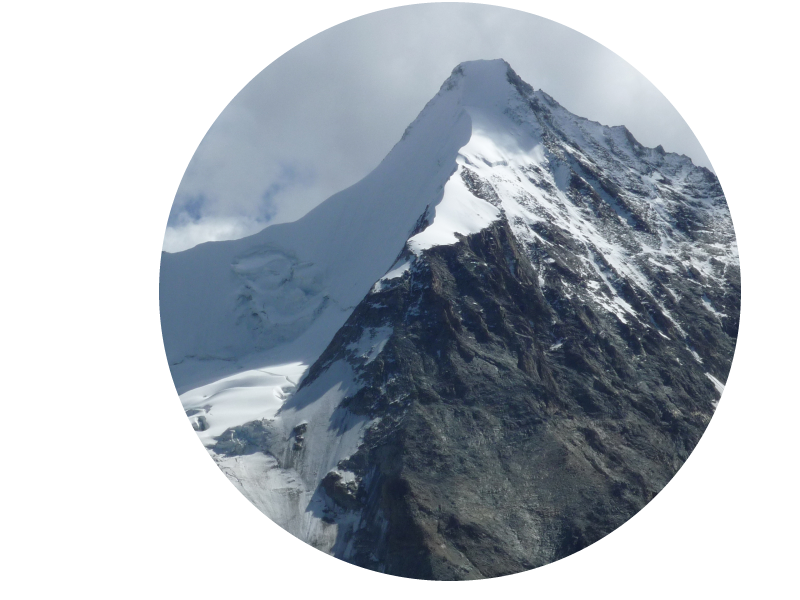itinéraires et passages délicats
Recherche de l’itinéraire
Regarder toujours au-delà de la longueur en cours.
Ne pas hésiter à aller regarder derrière une arête ou à explorer une vire sur toute sa longueur. Le topo-guide ne doit être qu’un dernier recours.
Penser aux premiers ascensionnistes qui n’avaient pas de description de la course.
Éviter de se lancer vers n’importe quel piton ou anneau de corde; ils peuvent être les témoins d’erreur ou de retraite.
Rester dans les difficultés en accord avec les cotations de la course.
Les passages délicats
Traversées
Multiplier les assurages intermédiaires pour éviter que celui qui tombe ne fasse un trop grand pendule.
Lorsqu’une traversée facile suit un passage d’escalade difficile le premier de cordée place un point d’assurage au début de la traversée pour assurer le second dans les difficultés.
Si un passage difficile suit une traversée, le premier de cordée ne mousquetonne qu’un brin de corde au pied du passage difficile (dans le cas ou l’on grimpe avec une corde à double).
Pendule
Toujours s’assurer qu’un retour éventuel est possible.
Voir le désastre de la face nord de l’Eiger lors de la première tentative de 1936. Cette tentative a été infructueuse et les quatre alpinistes sont morts lors de la descente ne pouvant pas faire en sens inverse la fameuse traversée Hinterstoisser.
Descente
Le premier à descendre pose les points d’assurage pour le second. Le second peut se faire assurer en passant la corde derrière un becquet
Couloirs délités
Faire relais sous un bloc surplombant ou au pied d’un ressaut. En marche simultanée, rester très près les uns des autres.
Pentes avalancheuses
Ne pas couper la pente (ou bien le plus haut possible). Descendre en suivant la ligne de plus grande pente (comme à ski).
routes and tricky sections
Route search
Always look beyond the current pitch.
Don’t hesitate to look behind a ridge or explore the entire length of a pitch. The guidebook should only be used as a last resort.
Remember the first climbers who had no description of the route.
Avoid throwing yourself towards any pitons or rope rings; they can be witnesses to errors or retreats.
Keep to the difficulties in line with the route’s ratings.
Tricky sections
Crossings
Multiply the number of intermediate belay points to prevent the person who falls from making too big a pendulum.
When an easy traverse follows a difficult climb, the leader places a belay point at the beginning of the traverse to belay the second in the difficult section.
If a difficult passage follows a traverse, the leader only carabiners one strand of rope at the foot of the difficult passage (if climbing with a double rope).
Pendulum
Always ensure that a return is possible.
See the disaster on the north face of the Eiger during the first attempt in 1936. The attempt was unsuccessful and the four climbers died on the way down, unable to make the famous Hinterstoisser traverse in the opposite direction.
Descent
The first to descend sets the belay points for the second. The second can be belayed by passing the rope behind a cleat.
Delayed corridors
Belay under an overhanging boulder or at the foot of a step. When walking simultaneously, stay very close together.
Avalanche-prone slopes
Do not cut across the slope (or as high as possible). Descend following the line of the steepest slope (as you would on skis).



Thanks for another informative blog. Where else could I get that type of information written in such a perfect method? I’ve a undertaking that I’m just now working on, and I have been at the glance out for such information.
Thanks for your comment. I do not know where else you could find that type of info.
I do not know where you could find aditional info on this subject.